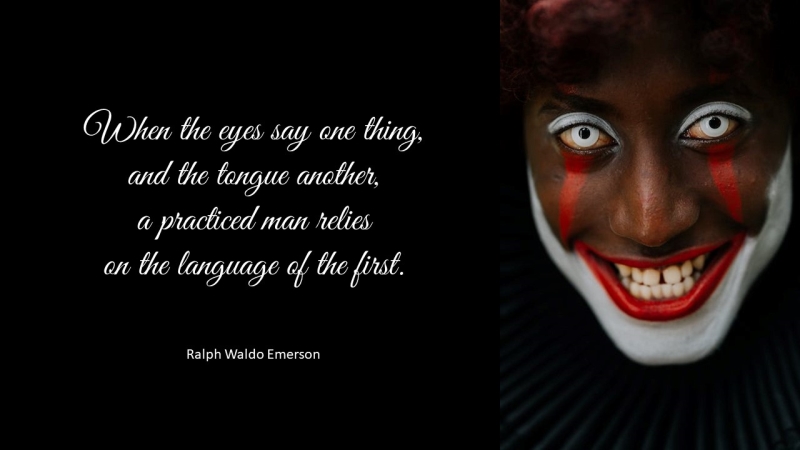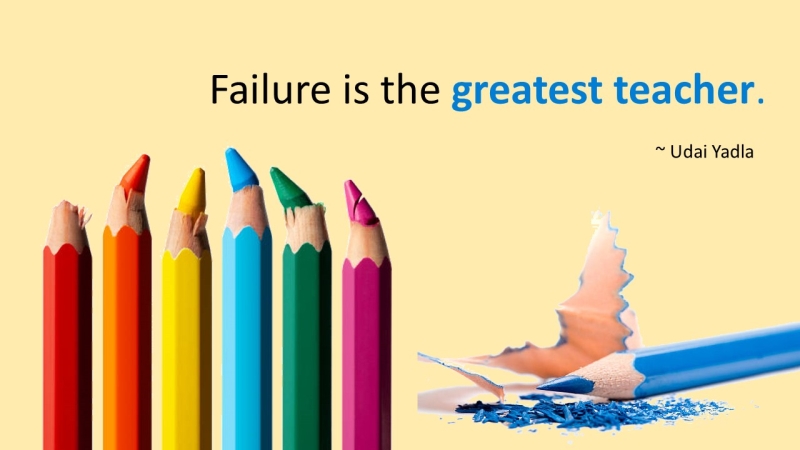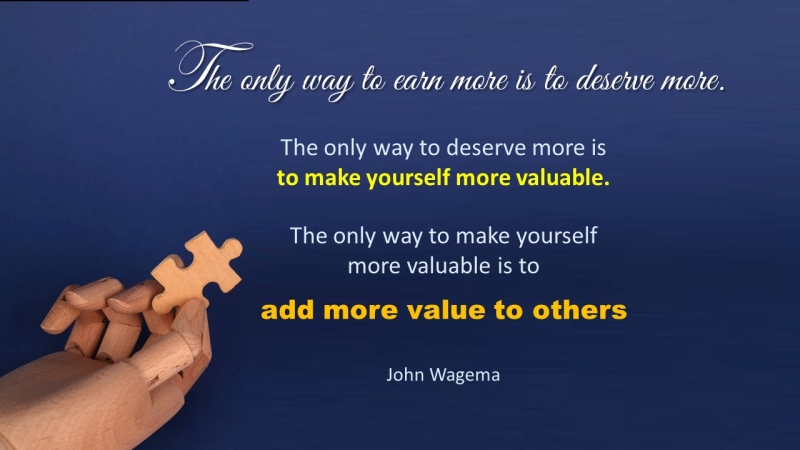
Practice Makes Perfect:
The Pathway to Expertise Revealed
HAVE YOU EVER WITNESSED A MASTER AT WORK EFFORTLESSLY EXECUTING A KARATE KICK WITH PRECISION AND POWER? There...

Embracing Generosity:
Elevate Your Giving When Life Grants Financial Blessings
WELCOME, DEAR READER, TO A WORLD OF INSPIRATION AND WISDOM. Today, we delve into a profound idea that...

Embrace the Power Within: Feeding the Right Wolf
IMAGINE A CAPTIVATING SCENE: TWO FIERCE WOLVES ENGAGED IN AN INTENSE BATTLE. One represents darkness and negativity, while the...

Unlock the Power Within:
The Soul’s Colorful Symphony of Thoughts
LET US EMBARK UPON A GREAT SELF-EXPLORATION AND PERSONAL MANAGEMENT EXPEDITION. Today, we seek to unravel the profound wisdom...

Body Language Mastery:Unveiling the Power of Nonverbal Communication
LET US EMBARK ON AN ENLIGHTENING EXPLORATION INTO BODY LANGUAGE MASTERY. In this captivating journey, we will uncover the...

When Acceptance Prevails, Fewer Disappointments Occur
LIFE IS AN ADVENTURE, FULL OF SURPRISES AND UNEXPECTED TURNS. We often cling to our expectations, hoping everything will...

Embracing Failure: Unlocking Growth and Learning
WE’V E ALL BEEN THERE – FACING THE STING OF FAILURE AN FEELING LIKE OUR dreams have shattered into...

Unlocking Financial Success:
Adding Value to Others as the Path to Earning More
WELCOME TO A TRANSFORMATIVE JOURNEY TOWARD UNLOCKING SUCCESS! In a world that often appears enigmatic and unpredictable, we seek...

Choosing to Shine: Embracing the Could-Be Within
IN THE VAST TAPESTRY OF LIFE, EACH OF US MUST CONFRONT A PROFOUND CHOICE. We stand at the crossroads,...

Embracing the Sunrise of Opportunity: Seizing Every Moment to Get It Right
RISE AND SHINE, DEAR READERS! PICTURE THIS: THE SOFT GLOW OF THE SUN’S first rays as they dance...